Heart Anatomy and Physiology Worksheets
The understanding of the entity and subject of heart anatomy and physiology is vital for anyone studying medicine or biology. These worksheets provide a comprehensive and effective way to reinforce knowledge and comprehension of the intricate workings of the heart.
Table of Images 👆
- Heart Diagram Blood Flow Worksheet
- Femur Bone Diagram Unlabeled
- Animal Cell Coloring Answers
- Heart Anatomy Coloring Pages
- Human Eye Coloring Page
- Anatomy Directional Terms Worksheet
- Human Anatomy Coloring Pages Printable
- Printable Heart Diagram
- Human Heart Diagram Blank
- Answer Key AP Biology Cell Cycle Regulation
- Blank Cranial Nerve Diagram
More Other Worksheets
Kindergarten Worksheet My RoomSpanish Verb Worksheets
Cooking Vocabulary Worksheet
My Shadow Worksheet
Large Printable Blank Pyramid Worksheet
Relationship Circles Worksheet
DNA Code Worksheet
Meiosis Worksheet Answer Key
Art Handouts and Worksheets
7 Elements of Art Worksheets
What are the four chambers of the heart?
The four chambers of the heart are the right atrium, left atrium, right ventricle, and left ventricle. The atria are the upper chambers that receive blood from the body (right atrium) and lungs (left atrium), while the ventricles are the lower chambers that pump blood out to the body (left ventricle) and lungs (right ventricle) to circulate oxygen and nutrients.
What is the purpose of the atrioventricular valves?
The purpose of the atrioventricular valves is to prevent the backflow of blood from the ventricles to the atria during the contraction of the heart. These valves ensure that blood flows in one direction only, allowing efficient circulation and preventing any regurgitation of blood.
Name the two main coronary arteries that supply blood to the heart.
The two main coronary arteries that supply blood to the heart are the left coronary artery and the right coronary artery.
How is blood pumped out of the heart and into the systemic circulation?
The heart pumps blood out through the aorta, the largest artery in the body, which branches out into smaller arteries that carry oxygen-rich blood to all parts of the body. This process is driven by the contraction and relaxation of the heart's chambers, known as the cardiac cycle, where the muscles in the heart contract to push the blood out (systole) and then relax to allow the chambers to refill with blood (diastole). The rhythmic beating of the heart ensures that the blood is continually circulated throughout the body, delivering oxygen and nutrients to tissues and organs while removing waste products.
What is the role of the sinoatrial node in heart rhythm?
The sinoatrial node, often referred to as the heart's natural pacemaker, is responsible for initiating the electrical impulses that coordinate the heart's contractions. This specialized cluster of cells in the right atrium of the heart sets the pace for the heartbeat by generating electrical signals that travel through the heart's conduction system, causing the atria to contract and pump blood into the ventricles. Therefore, the sinoatrial node plays a crucial role in controlling the rhythm of the heart and ensuring that it beats at a regular and coordinated pace.
What is atherosclerosis and how does it affect heart function?
Atherosclerosis is a condition characterized by the buildup of plaque in the arterial walls, leading to narrowing and hardening of the arteries. This buildup restricts blood flow and oxygen delivery to the heart muscle, which can result in myocardial ischemia and potentially lead to heart attacks or other cardiac complications. The reduced blood flow and oxygen supply can impair the heart's ability to pump effectively, leading to symptoms such as chest pain, shortness of breath, and fatigue.
What is the purpose of the mitral valve?
The purpose of the mitral valve is to ensure that blood flows in one direction from the left atrium to the left ventricle of the heart. It opens to allow blood to pass into the left ventricle and then closes to prevent blood from flowing back into the atrium when the ventricle contracts. This mechanism helps maintain proper circulation and efficient functioning of the heart.
Describe the pathway of blood flow through the heart, starting from the superior vena cava.
The pathway of blood flow through the heart starts with deoxygenated blood entering the right atrium via the superior vena cava. The blood then passes through the tricuspid valve into the right ventricle. From there, it is pumped through the pulmonary valve into the pulmonary artery and reaches the lungs for oxygenation. Oxygenated blood returns to the heart through the pulmonary veins into the left atrium, then passes through the mitral valve into the left ventricle. Finally, the blood is pumped out through the aortic valve into the aorta and circulated throughout the body.
How does the heart muscle receive its own blood supply?
The heart muscle receives its own blood supply through the coronary arteries. These arteries branch off from the aorta, the main artery that supplies oxygenated blood from the heart to the rest of the body. The coronary arteries deliver oxygen and nutrients to the heart muscle, allowing it to function properly and pump blood throughout the body.
Explain what happens during systole and diastole in the cardiac cycle.
During systole, the heart contracts and pushes blood out of the chambers into the arteries. The atria contract first, followed by the ventricles, to pump blood effectively. In contrast, diastole involves the relaxation of the heart muscle, allowing the chambers to fill with blood from the veins. This relaxation phase allows the heart to rest and refill with oxygenated blood before the next contraction. Together, systole and diastole make up the cardiac cycle, ensuring the continuous flow of blood throughout the body to supply organs and tissues with oxygen and nutrients.
Have something to share?
Who is Worksheeto?
At Worksheeto, we are committed to delivering an extensive and varied portfolio of superior quality worksheets, designed to address the educational demands of students, educators, and parents.

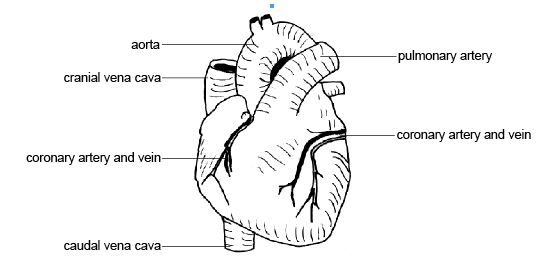



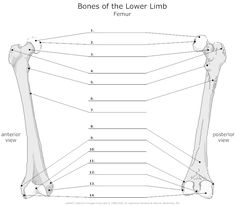
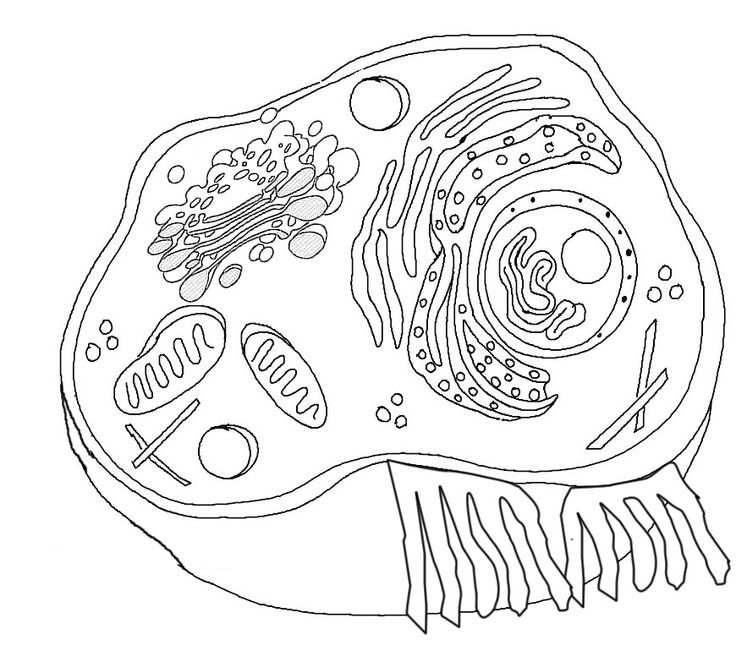
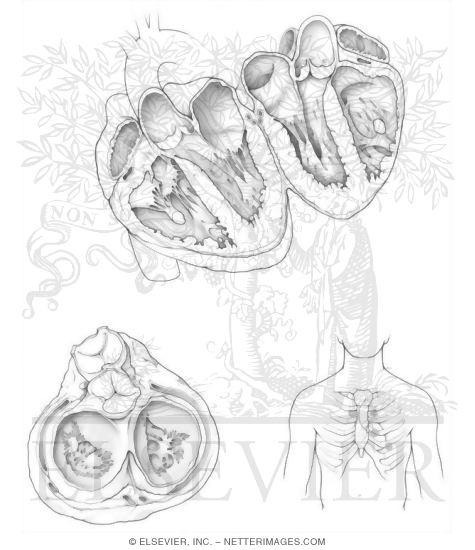
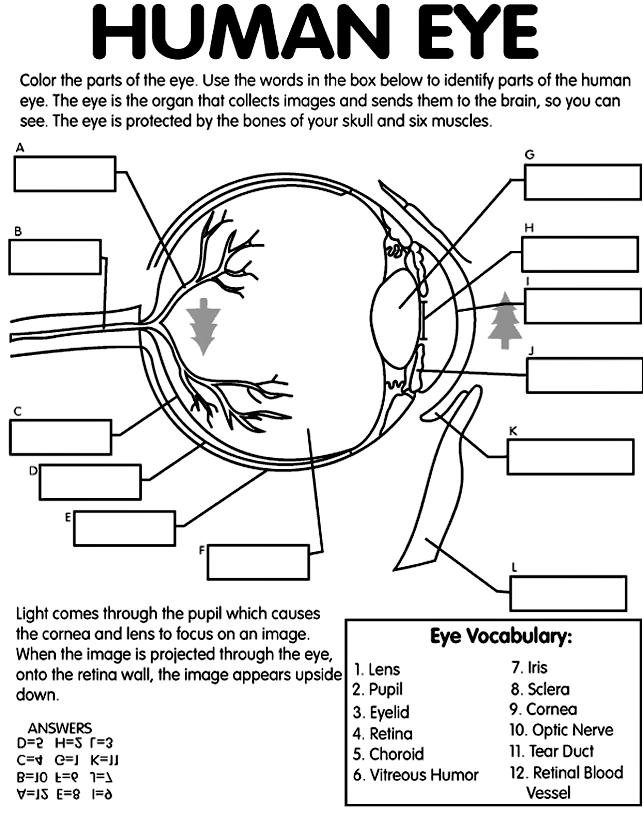
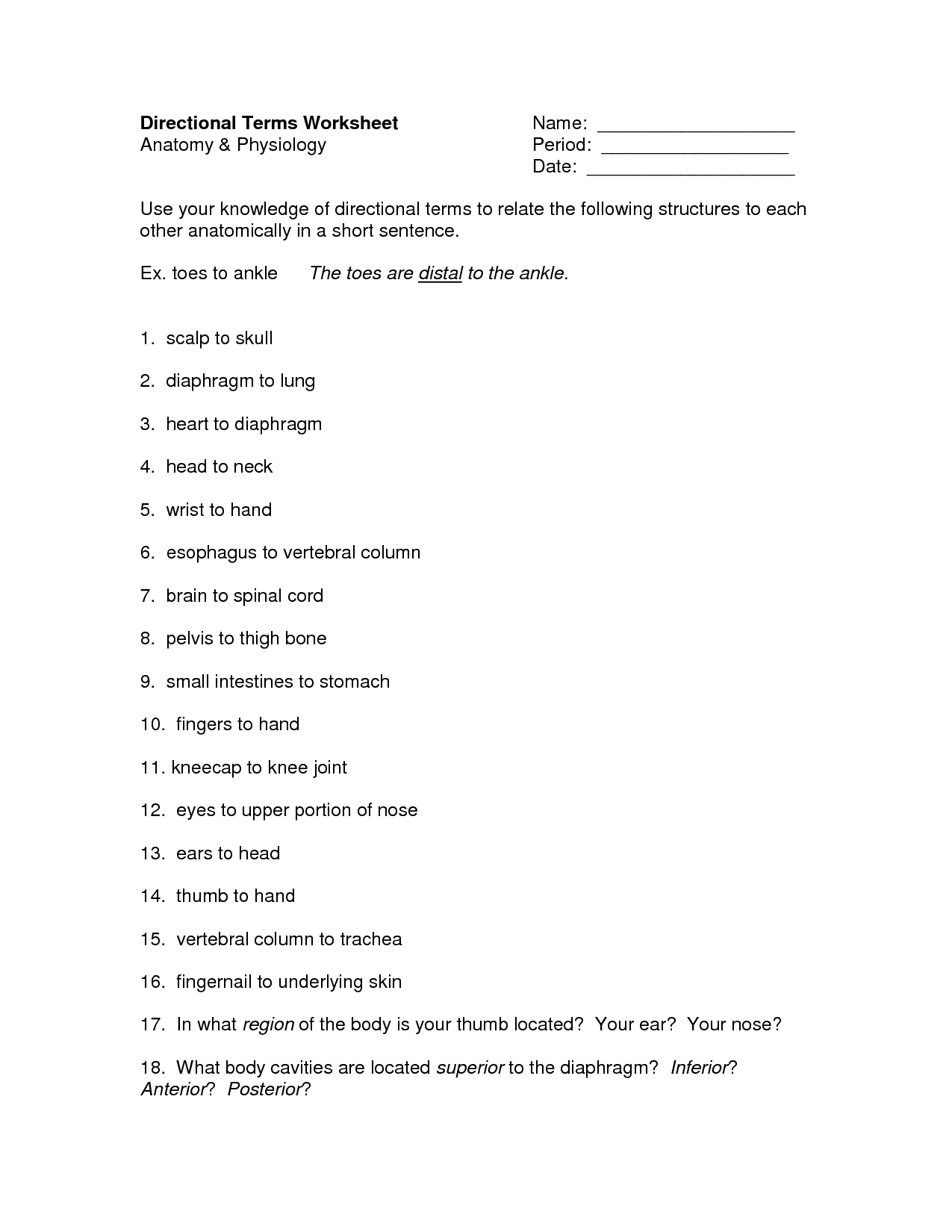
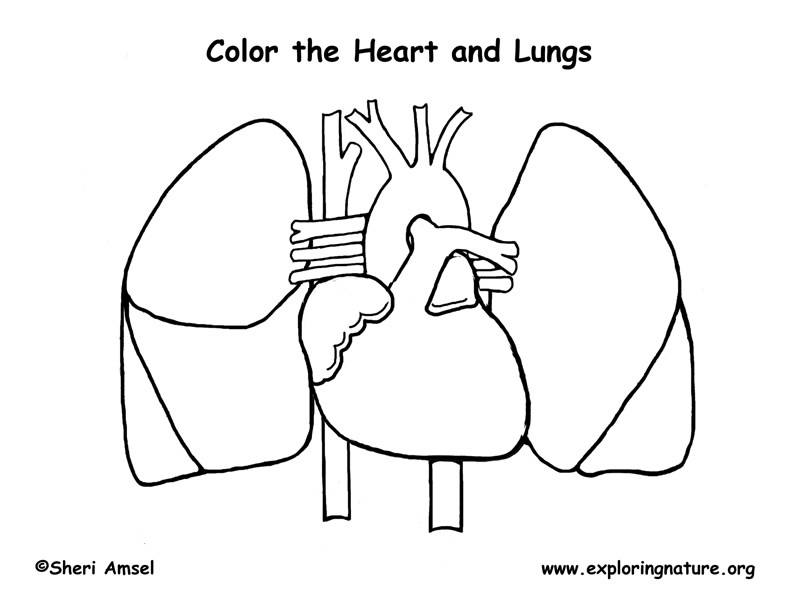
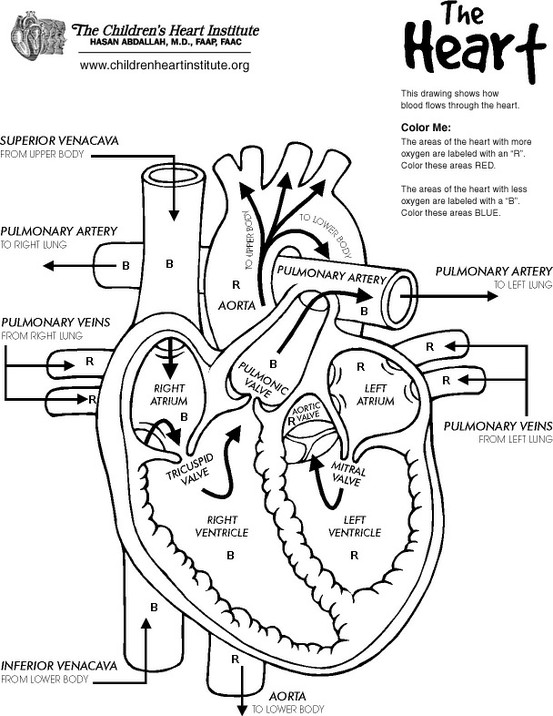
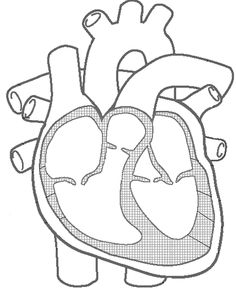
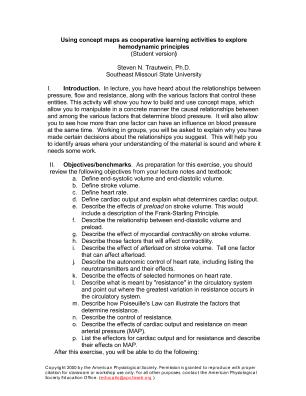















Comments